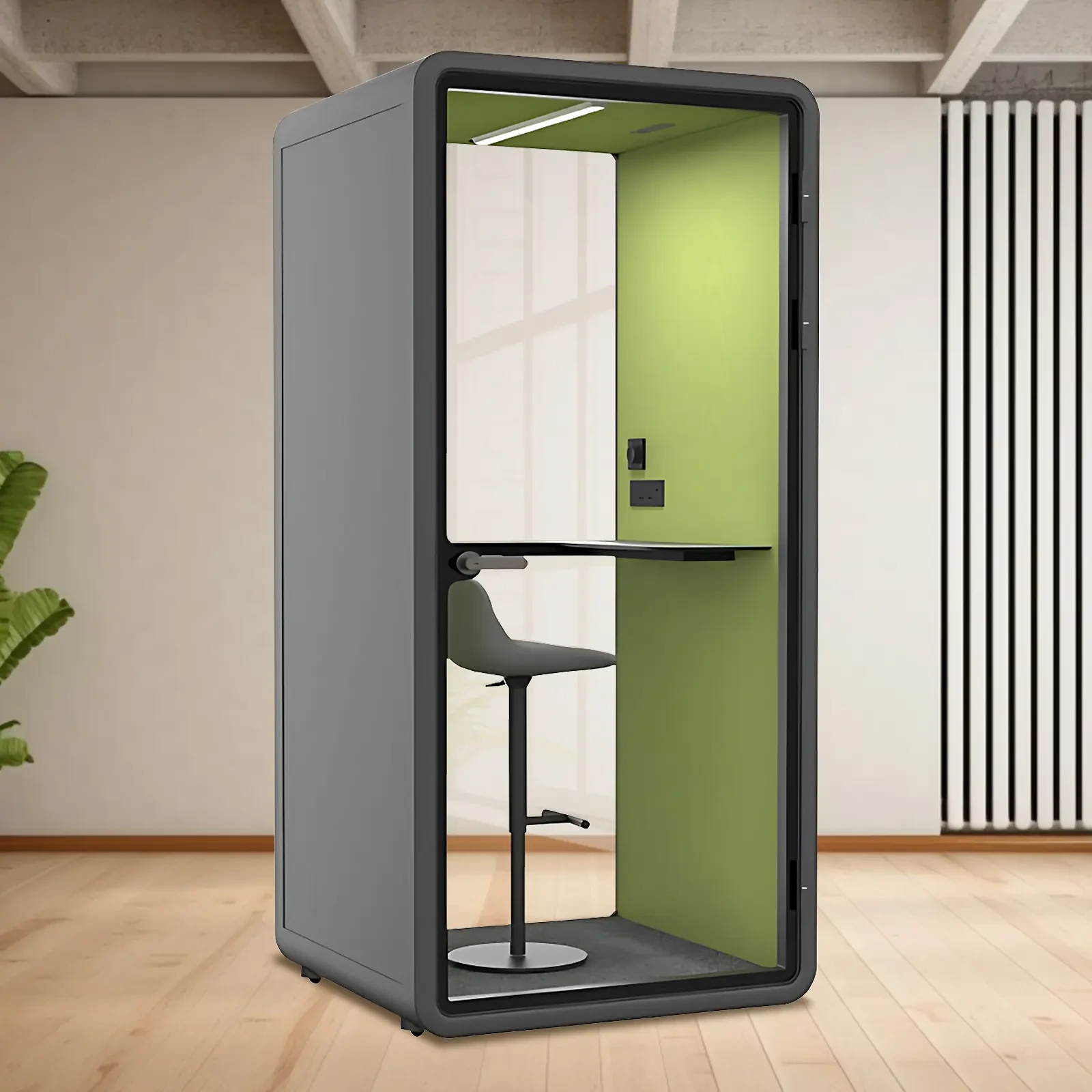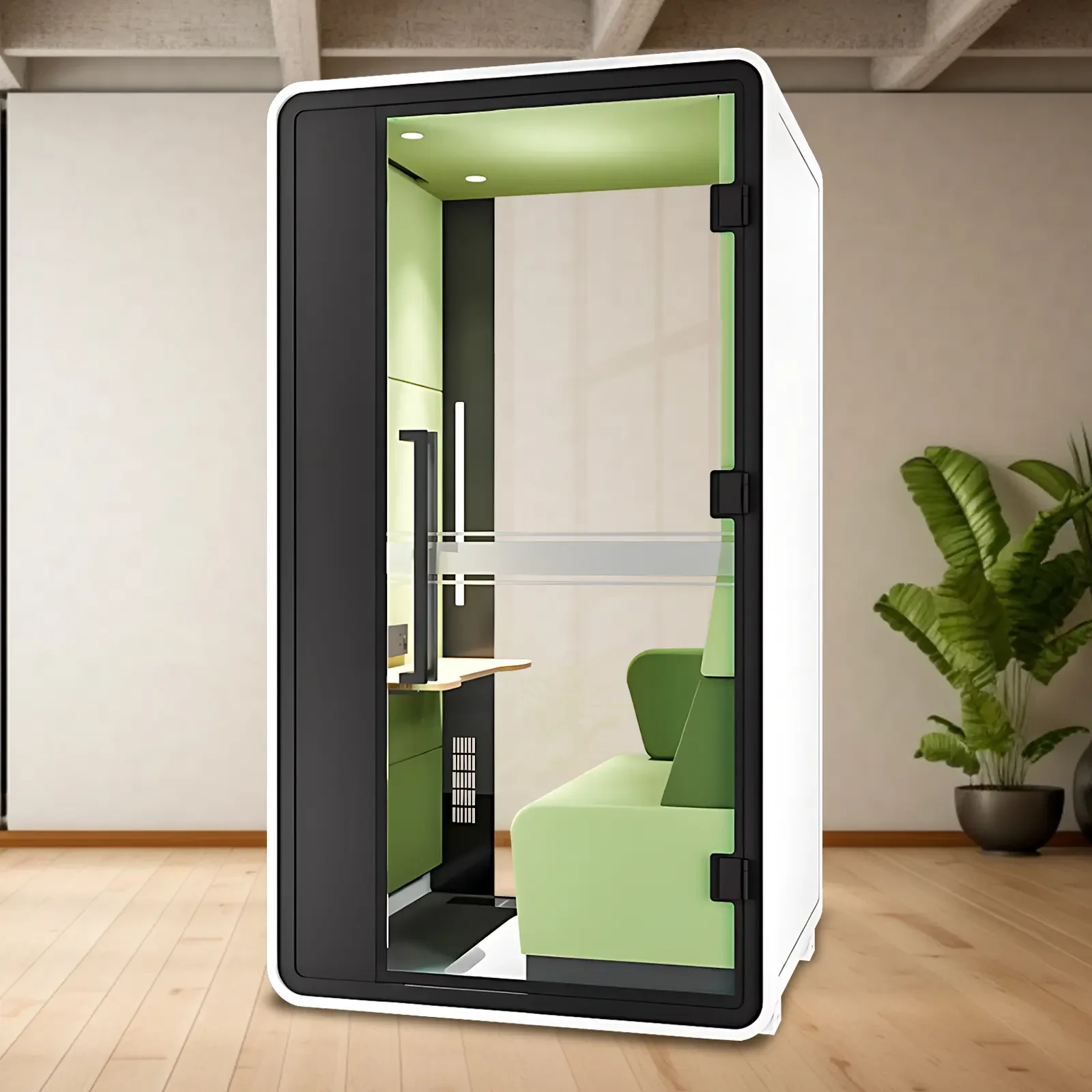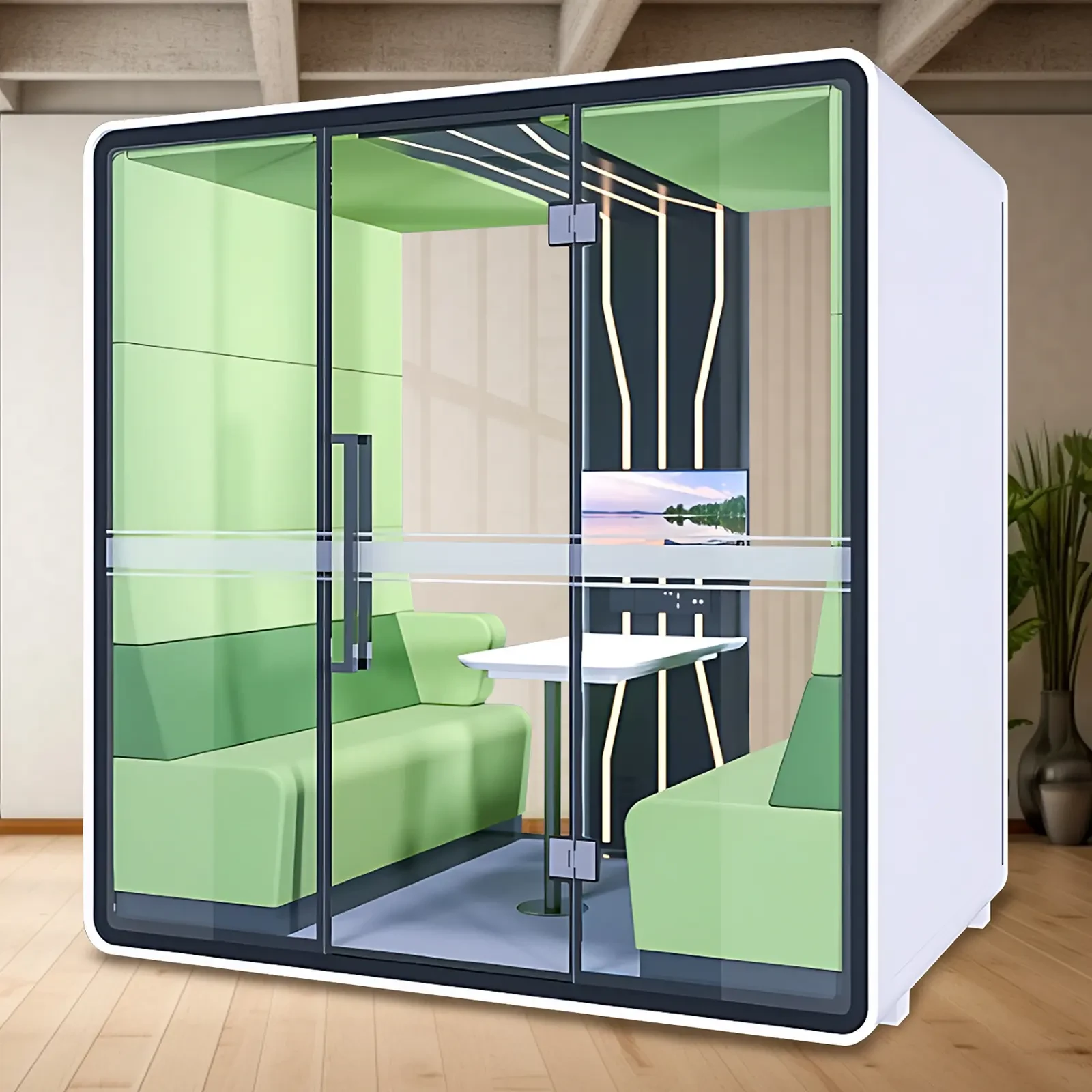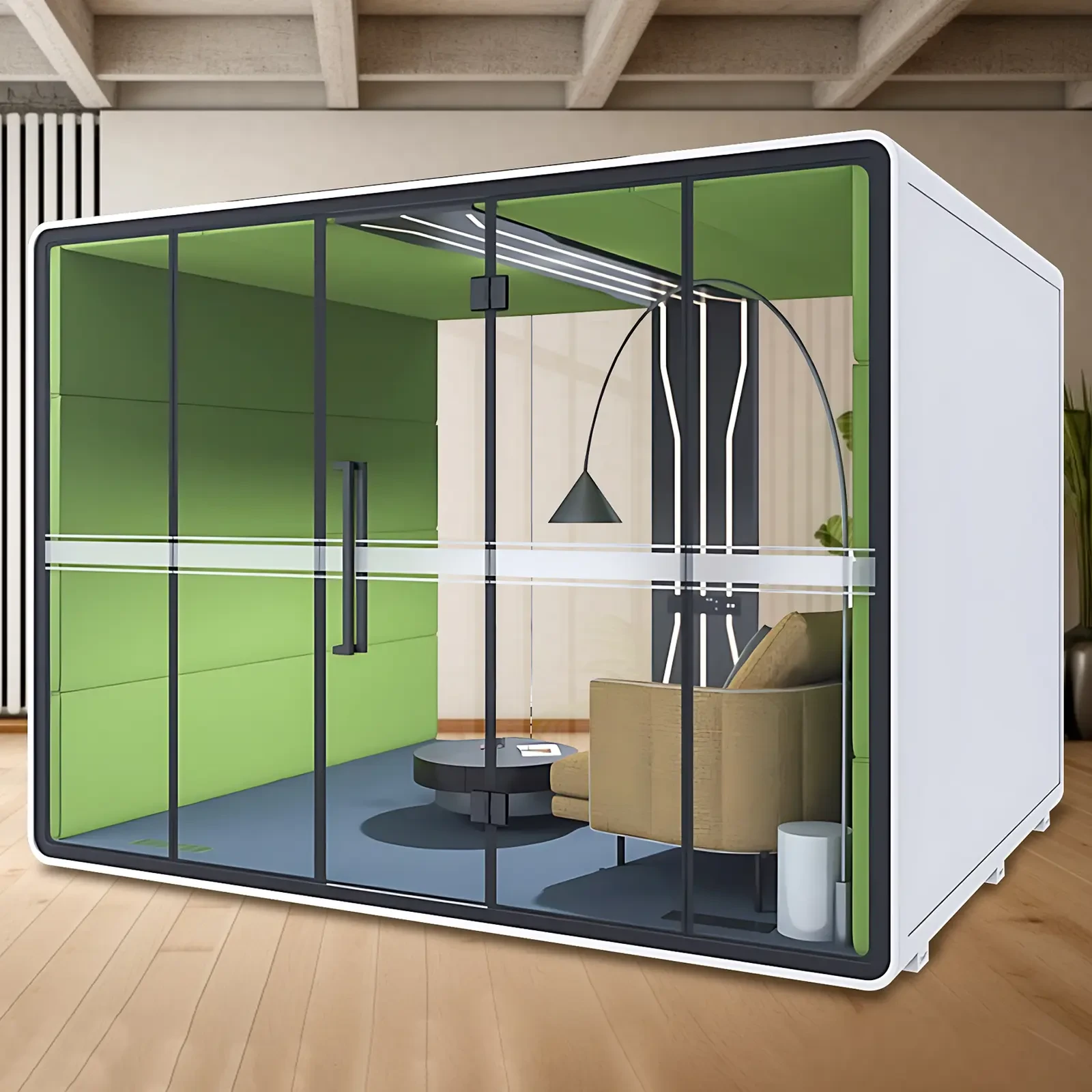In today’s fast-paced work life, the office must be a place of flexible, almost gymnastic conversations that are crucial to the (often very instant) decision-making that drives business forward. Gone are the days of teams confined to an 8-to-5 schedule when they can only meet for a brief morning huddle or at the end of the day to have any sort of planning or “alignment” meeting. Informal yet crucial interactions have become central to team dynamics. It seems these ad-hoc meetings in the office are now shaping the course of a project, influencing some strategic shift that isn’t ready for prime time, or resolving some blocking issue that’s about to blow up in our faces.
Why Ad-Hoc Meetings Need Thoughtful Design
In contrast to conventional boardroom meetings that adhere to a set agenda, ad-hoc meetings occur spontaneously and demand spaces that can accommodate them without prior notice or formal reservation. Such meetings are by nature unplanned and require an environment that promotes immediacy without compromising productivity; they are not meant to be in any way, shape, or form, a half-step toward a true conference room.
Because these encounters are brief, intense, and driven by the need to reach some kind of conclusion, they have to happen in a place that is truly conducive to being able to hear and understand one another—a place that affords some acoustic privacy and allows those inside to concentrate on the task at hand without feeling as if they're not practically segregated from the main office.
The Psychological Edge of Private Interactions
An ad-hoc meeting can only be successful if it is both convenient for attendees and conducted in a psychologically safe environment. Privacy is crucial to achieving that sense of safety—it signals that the space is appropriate for honest, sometimes difficult conversations.
After all, would you feel comfortable engaging in open, exploratory discussions—often fast-paced and experimental by nature—if people outside the room could overhear every word? Most likely not. That’s why the design of such meetings must prioritize discretion.
Efficiency Through Accessibility and Soundproofing
A productive office environment has one very valuable asset: It enables teams to move easily and quickly between tasks and discussions, without wasting time in the search for available rooms or managing booking systems.
To support the ad-hoc meeting, the best approach is to make purpose-built, soundproof spaces easily and always accessible. These compact yet private areas allow employees to step in, connect, and refocus in seconds, whether they need to sync with a teammate, have an urgent video call, or engage in a focused, solo session.
Even the seriously ambitious might find it hard to stay in a work zone for long when the interior of a space is as comfortable as these are, thanks to ergonomic design, reliable ventilation, and crystal-clear communication. Industrial-grade soundproofing guarantees that anything worth saying stays that way, and participants remain undistracted by anything going on just outside the door.
Enhancing Collaboration and Decision Velocity
The real advantage of accommodating ad-hoc meetings is evidenced by the speed with which they enable the exchange of ideas and the execution of decisions, unhampered by the need to set up a formal meeting or to wait for the availability of a larger group.
These quick conversations can unblock workflows and speed things up in ways that sometimes feel effortless. They’re often helpful for driving innovation and keeping teams aligned. Like any meeting format, though, ad-hoc gatherings come with tradeoffs, and it’s worth being mindful of when and how to use them..
Flexibility for Hybrid and Solo Work Models
As more workplaces embrace hybrid and remote collaboration, the need for flexible physical spaces has grown. In response, many offices are introducing adaptive zones—areas designed to support spontaneous, small-group meetings with a degree of privacy.
Ad-hoc meetings today are no longer limited to quick in-person chats. Digital conversations—whether on video calls or messaging platforms—often require just as much preparation and just as many acoustically treated, distraction-free spaces as traditional face-to-face interactions. Supporting these new ways of working means rethinking how physical environments can accommodate both spontaneity and privacy.
The Large Office Sound Booths with Ventilation Lighting System for Privacy Talks combine high-quality materials like steel, aluminum alloy, sound-absorbing cotton, and glass to deliver excellent sound insulation, reducing noise by 25–35 decibels. Designed for both comfort and functionality, it features built-in lighting, a fresh air system, and smart power options for versatile use. Ideal for offices, homes, or private calls, it supports focused, confidential conversations in a quiet environment.
Recommendation
X-comfot understands that today’s fast-moving work environments require spaces that support focus, flexibility, and quick action. Our acoustic solutions—from compact private booths to modular soundproof zones—are purpose-built for ad-hoc meetings, enabling teams to have spontaneous discussions, confidential calls, or quick decisions without distractions. Whether in a bustling office or hybrid setup, we help create the privacy and clarity needed when every moment counts..

 USD
USD
 GBP
GBP
 EUR
EUR



